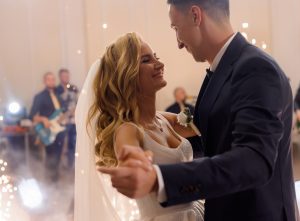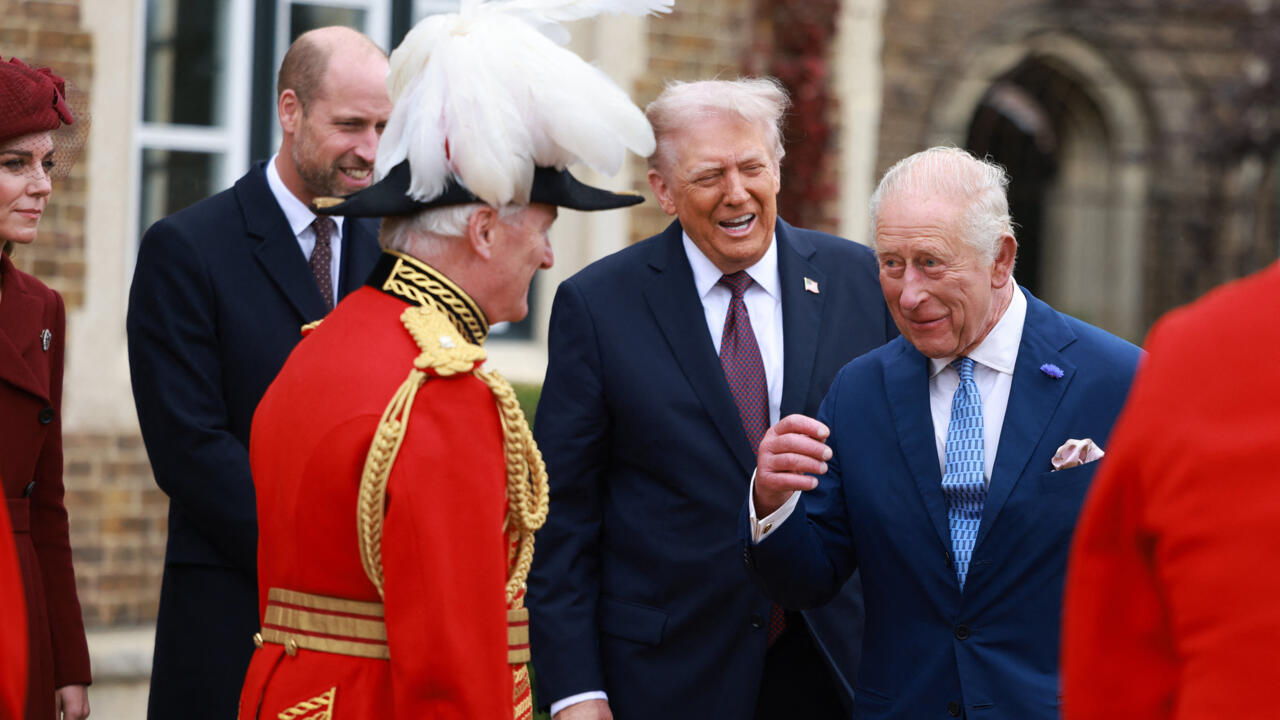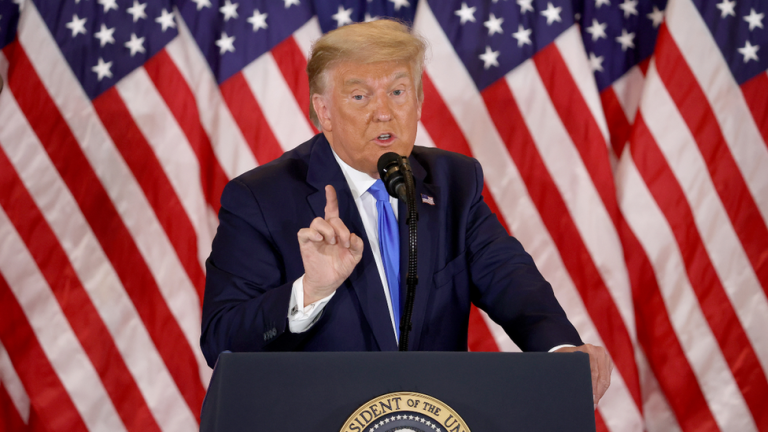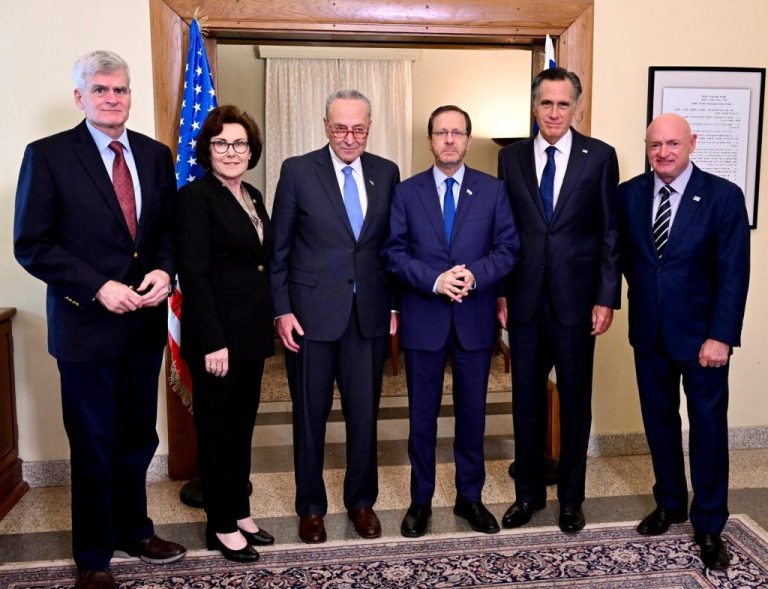Donald Trump’s second UK state visit brought pageantry, protocol — and a flicker of frustration from King Charles, according to one expert.
A Ceremonial Welcome With History in the Background
Donald Trump’s September 18th state visit to the UK was filled with ceremony as he was greeted at Windsor Castle by King Charles III. The day began with the Guard of Honour lined up for inspection, the band playing, and both men walking side by side in a moment that combined diplomacy and pageantry.
But beneath the polished display, a subtle story appeared to play out. Body language expert Judi James, speaking to the Daily Mail, said King Charles displayed “a moment of suppressed tetchiness” while trailing behind Trump during the inspection.
The visit instantly drew comparisons to Trump’s last controversial walkabout with the royals in 2018, when he infamously strolled in front of the late Queen Elizabeth II, leaving her to awkwardly maneuver around him.
Trump Stops to Chat — King Charles Keeps Moving
During the inspection, Trump repeatedly stopped to speak with individual guardsmen, at one point shaking hands and thanking the commanding officer for the honour. On the surface, the exchange was polite. But according to James, King Charles’ body language revealed that he was conscious of the ticking clock and the day’s tight schedule.
She observed Charles walking “a very emphatic pace” behind Trump before showing small signs of impatience: clenched and unclenched fists, a slight edging forward, and eventually placing a guiding hand on Trump’s back.
James interpreted the gesture as the King’s way of nudging Trump forward without creating a scene. “It was a moment of suppressed tetchiness,” she said, suggesting Charles was eager to prevent delays.
Running Late From the Start
The event itself was already behind schedule. Trump arrived at Windsor Castle at 12:16 pm, nearly 20 minutes later than planned. King Charles himself arrived a few minutes late at 12:02 pm, adding to the compressed timetable.
For an institution where precision and punctuality are everything, even a small delay can ripple through the day’s carefully choreographed agenda. Experts suggested Charles’ subtle impatience could be read not as personal irritation with Trump, but as a reflection of his duty to keep things on track.
https://www.youtube.com/watch?v=d9wNW-NRmrc
Lip Reader Spots a Muted Remark
Adding another layer of intrigue, lip reader Nicola Hickling claimed the King muttered the words “go away” while waiting during the prolonged exchanges. It remains unclear whom the remark was directed at — whether toward aides, staff, or possibly in response to the delays caused by Trump’s interactions.
While lip reading is not an exact science, the alleged remark fed speculation that Charles was working harder than his outward composure suggested.
Avoiding a Repeat of 2018
Observers were quick to note how different this encounter was compared to Trump’s last meeting with the royals. In July 2018, Trump was widely criticized for appearing to break royal protocol by walking directly in front of Queen Elizabeth II, forcing her to sidestep around him. The footage drew international headlines and accusations that the then-president had shown disrespect.
This time, King Charles appeared determined to avoid a repeat. Judi James explained how Charles subtly managed the optics. She noted the King used “an emphatic ushering ritual,” with one arm outstretched to present Trump and the other lightly guiding him along.
Even more striking, Charles gave what James described as “a solicitous bow” as Trump walked ahead — an unusual move for a monarch that she interpreted as a deliberate effort to raise Trump’s status as guest and prevent any perception of protocol missteps.
A Balancing Act: Diplomacy and Discomfort
Experts in royal etiquette noted that Charles faces a unique challenge compared to his late mother. While Queen Elizabeth was renowned for her stoic neutrality, Charles has a reputation for wearing his emotions more visibly. This, they argued, makes subtle body language cues easier to spot when he’s under pressure.
Yet the King also demonstrated diplomatic skill by preventing what could have been another viral embarrassment. By steering Trump forward and even lowering his own stature with a bow, Charles ensured that the optics favored his guest rather than created controversy.
Reading Between the Gestures
To the casual observer, the day’s events may have appeared smooth and dignified. But to body language experts, Charles’ clenched fists, guiding hand, and occasional sidelong glances told another story.
“It might have looked like a picture of royal composure on the surface,” James concluded, “but Charles’ clenched fists told their own story.”
Public Reaction: Split as Always
As with most Trump-related events, reactions were polarized. Supporters of the former president dismissed the idea that Charles showed impatience, arguing that Trump’s friendly exchanges with guardsmen reflected his populist style and personal charm.
Critics, however, seized on the analysis as evidence of Trump once again disrupting royal formality. Social media users circulated side-by-side clips of the 2018 Queen incident and this week’s Windsor Castle footage, suggesting that Trump had once again made things “awkward” for the monarchy.
The Bigger Picture
Beyond the day’s body language drama, the state visit underscored the ongoing significance of the US-UK relationship. Trump, who is both the 45th and 47th president of the United States, was in Britain to discuss trade, security, and global strategy with Prime Minister Keir Starmer and members of the royal family.
For King Charles, the visit marked another test of his ability to balance ceremonial duties with subtle diplomacy, projecting both regal composure and human relatability.
Conclusion
The Windsor Castle inspection may not have produced the same level of global uproar as Trump’s 2018 walk with Queen Elizabeth, but for those watching closely, the body language told its own story.
King Charles managed to keep the day on track, avoid protocol blunders, and honor his guest — even if, as Judi James suggested, a flicker of impatience slipped through in clenched fists and guiding gestures.
On the surface, it was smiles and ceremony. But beneath it, the expert analysis suggests a monarch carefully balancing duty, dignity, and his own very human reactions.
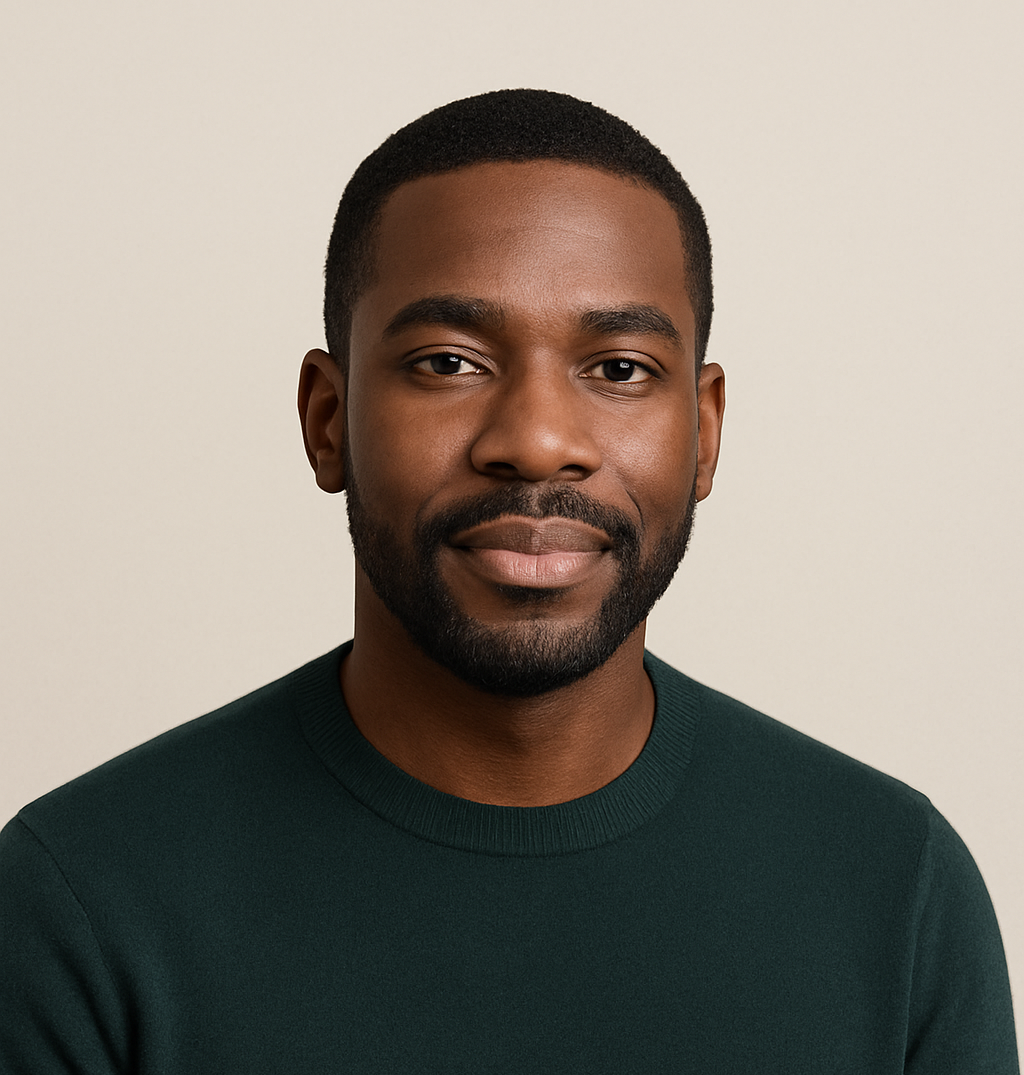
James Jenkins is a celebrated Pulitzer Prize-winning author whose work has reshaped the way readers think about social justice and human rights in America. Raised in Atlanta, Georgia, James grew up in a community that instilled in him both resilience and a strong sense of responsibility toward others. After studying political science and creative writing at Howard University, he worked as a journalist covering civil rights issues before dedicating himself fully to fiction. His novels are known for their sharp, empathetic portraits of marginalized communities and for weaving personal stories with broader political realities. Jenkins’s breakout novel, Shadows of Freedom, won national acclaim for its unflinching look at systemic inequality, while his more recent works explore themes of identity, resilience, and the fight for dignity in the face of oppression. Beyond his novels, James is an active public speaker, lecturing at universities and participating in nonprofit initiatives that support literacy and community empowerment. He believes that storytelling is a way to preserve history and inspire change. When not writing, James enjoys jazz music, mentoring young writers, and traveling with his family to explore cultures and stories around the world.

